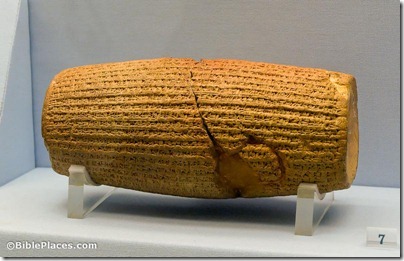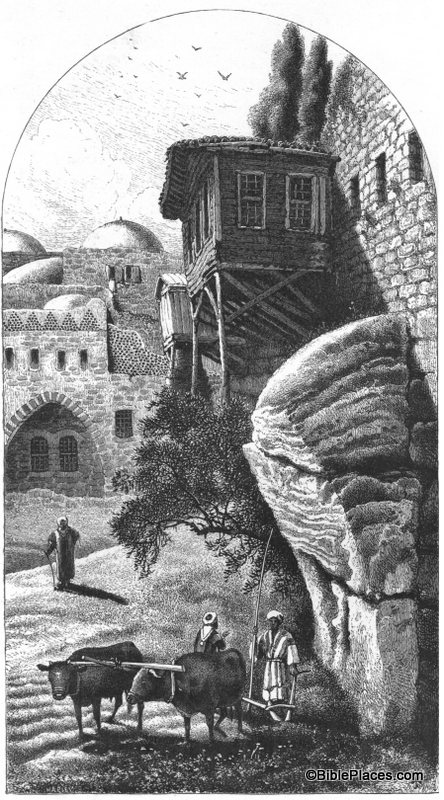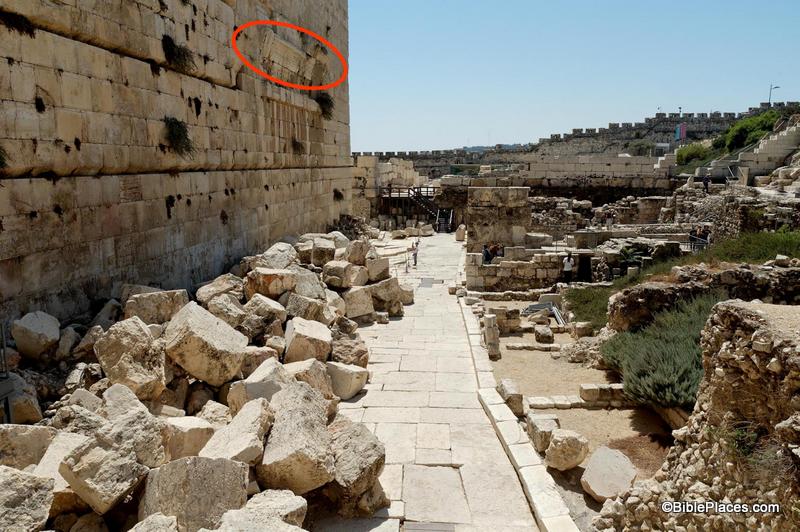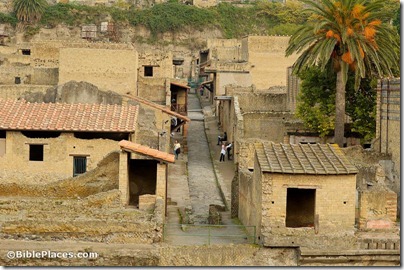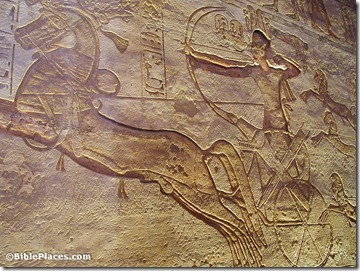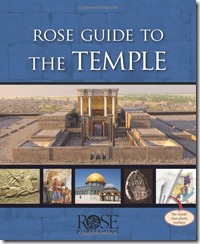From Art Daily:
The British Museum today announces that one of its most iconic objects, the Cyrus Cylinder, will tour to five major museum venues in the United States in 2013. This will be the first time this object has been seen in the US and the tour is supported by the Iran Heritage Foundation.
You have to skip to the end of the article to see where and when the object will be on display:
- Smithsonian’s Arthur M. Sackler Gallery and Freer Gallery of Art, Washington D.C., 9th March – 28th April 2013
- Museum of Fine Arts, Houston, 3rd May – 14th June 2013
- The Metropolitan Museum of Art, New York, 20th June – 4th August 2013
- Asian Art Museum, San Francisco, 9th August – 22nd September 2013
- J. Paul Getty Museum at the Getty Villa, Los Angeles, 2nd October – 2nd December 2013
What is the Cyrus Cylinder?
The Cylinder was inscribed in Babylonian cuneiform (cuneiform is the earliest form of writing) on the orders of the Persian King Cyrus the Great (559-530BC) after he captured Babylon in 539BC. It is often referred to as the first bill of human rights as it appears to encourage freedom of worship throughout the Persian Empire and to allow deported people to return to their homelands. It was found in Babylon in modern Iraq in 1879 during a British Museum excavation and has been on display ever since.
Neil MacGregor, Director of the British Museum, gave an interesting 20-minute talk on the Cyrus Cylinder at TED last year. The museum has posted a full translation of the inscription.
One caveat: visiting this exhibit does not excuse you from visiting the British Museum! (And before you go, you should purchase this excellent guide.)
HT: Jack Sasson
